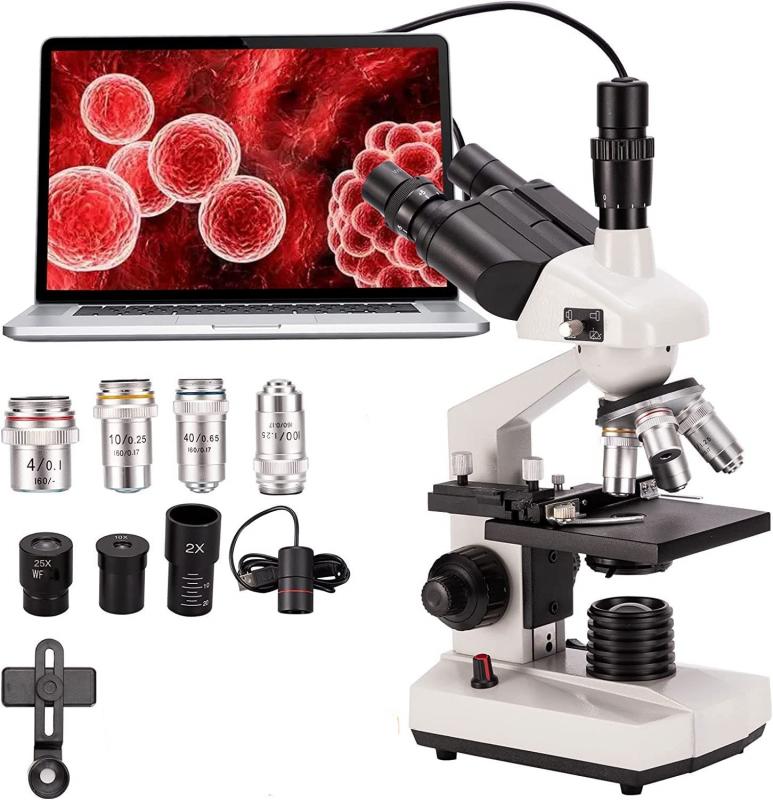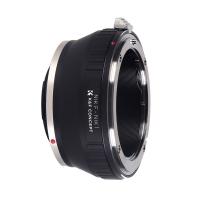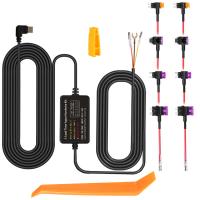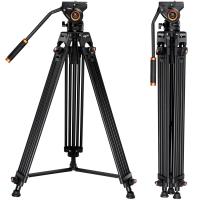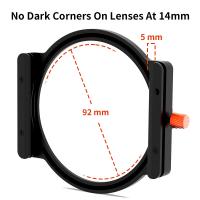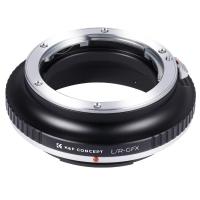What Does The Stage Do In A Microscope ?
The stage in a microscope is the platform on which the specimen or slide is placed for observation. It is usually a flat surface that can be moved up and down or side to side to adjust the position of the specimen. The stage also often has clips or other mechanisms to hold the slide in place. By moving the stage, the user can bring different parts of the specimen into focus under the microscope's lenses. The stage may also have markings or measurements to help the user navigate the specimen and locate specific areas of interest. Overall, the stage is a crucial component of a microscope that allows for precise positioning and observation of specimens.
1、 Mechanical stage: Holds and moves the specimen.
The stage is an essential component of a microscope that holds the specimen being observed. It is a flat platform that can be moved in different directions to adjust the position of the specimen. The stage is designed to accommodate different sizes and shapes of specimens, and it is usually equipped with clips or clamps to hold the specimen securely in place.
In addition to holding the specimen, the stage also allows for precise movement and positioning of the specimen. This is particularly important when observing small or delicate specimens that require careful handling. The stage can be moved up, down, left, right, forward, and backward, allowing the user to adjust the position of the specimen to achieve the desired view.
The mechanical stage is a type of stage that is equipped with mechanical controls for moving the specimen. It typically has two knobs that allow for precise movement of the specimen in two dimensions. The mechanical stage is particularly useful when observing specimens that require precise positioning, such as when examining cells or tissues.
In recent years, there has been a growing interest in developing new types of stages that can provide even greater precision and control. For example, some microscopes now feature motorized stages that can be controlled using a computer or other electronic device. These advanced stages allow for even more precise movement and positioning of the specimen, making it easier to observe and analyze even the smallest details.
Overall, the stage is a critical component of a microscope that plays a vital role in enabling researchers and scientists to observe and analyze specimens at the microscopic level. As technology continues to advance, we can expect to see even more sophisticated stages that will further enhance our ability to explore the microscopic world.
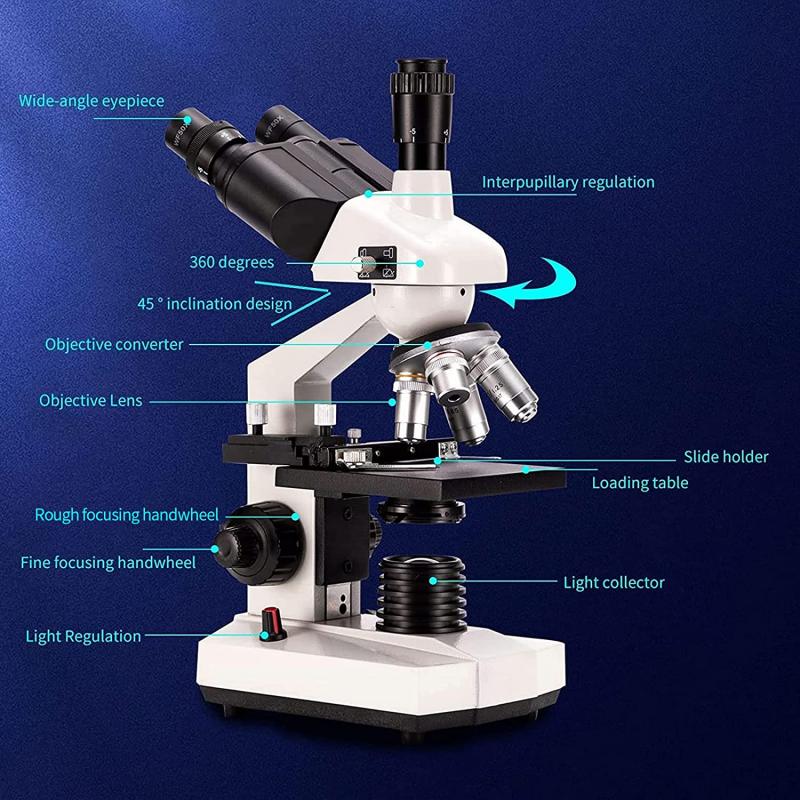
2、 X-Y stage: Allows precise movement of the specimen.
The stage in a microscope is an essential component that holds the specimen in place and allows for precise movement and positioning. The stage is typically a flat platform that can move in two directions, X and Y, using knobs or controls on the microscope. This movement allows the user to adjust the position of the specimen and view different areas of it under the microscope.
The X-Y stage is particularly important in modern microscopes, as it allows for precise movement of the specimen. This is especially useful when examining small or delicate specimens, as it allows the user to move the specimen without disturbing it. The X-Y stage also enables the user to scan large areas of the specimen quickly and efficiently, making it an essential tool for researchers and scientists.
In addition to its practical uses, the stage in a microscope also plays an important role in the overall quality of the image produced. A stable and well-designed stage can help to reduce vibrations and other disturbances that can affect the clarity and resolution of the image. This is particularly important in high-powered microscopes, where even small movements can have a significant impact on the quality of the image.
Overall, the stage in a microscope is a critical component that allows for precise movement and positioning of the specimen. Its importance cannot be overstated, as it plays a crucial role in both the practical use and overall quality of the microscope. As technology continues to advance, it is likely that the X-Y stage will continue to evolve and improve, further enhancing the capabilities of microscopes and their ability to reveal the hidden world of the microscopic.
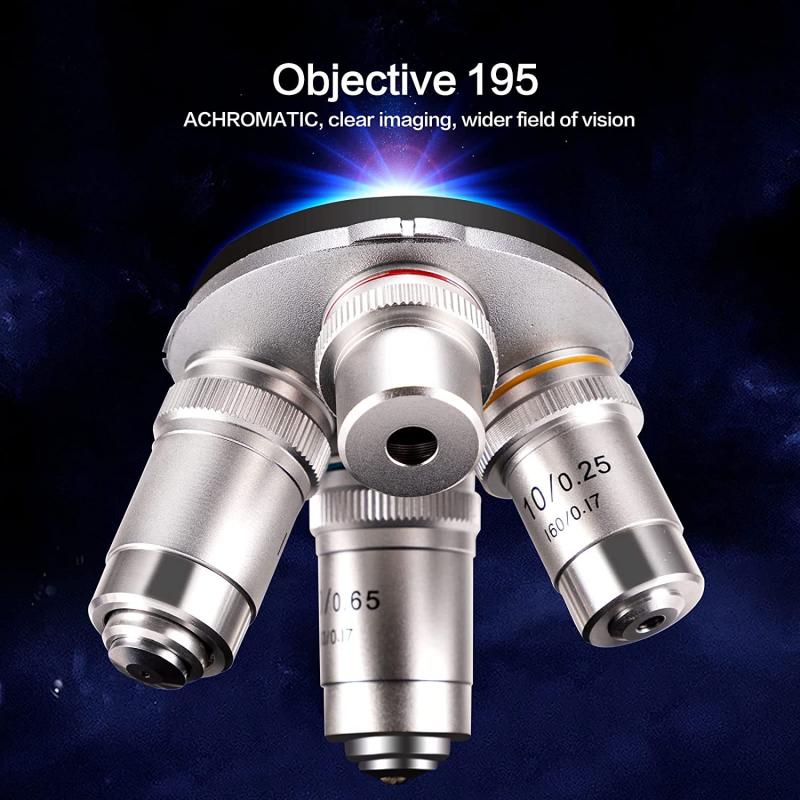
3、 Rotating stage: Rotates the specimen for viewing at different angles.
The stage in a microscope is an essential component that holds the specimen being viewed. It is a flat platform that can be moved up and down or side to side to adjust the position of the specimen. The stage is designed to hold the specimen securely in place while it is being viewed under the microscope.
One of the primary functions of the stage is to allow the user to move the specimen into the field of view of the microscope. This is done by adjusting the position of the stage using the knobs or controls on the microscope. Once the specimen is in the field of view, the user can adjust the focus and magnification to get a clear image of the specimen.
Another important function of the stage is to allow the user to rotate the specimen for viewing at different angles. This is particularly useful when examining three-dimensional objects or when trying to view different parts of a larger specimen. The rotating stage allows the user to view the specimen from different angles without having to move the specimen or the microscope.
In recent years, there have been advancements in microscope technology that have led to the development of motorized stages. These stages can be controlled using a computer or other electronic device, allowing for precise movement and positioning of the specimen. This technology has made it easier for researchers and scientists to study specimens in greater detail and with greater accuracy.
In conclusion, the stage in a microscope is a critical component that allows for the precise positioning and viewing of specimens. Its ability to rotate and move in different directions makes it an essential tool for researchers and scientists who need to study specimens in greater detail. With the latest advancements in microscope technology, the stage has become even more precise and accurate, allowing for more detailed and accurate observations of specimens.
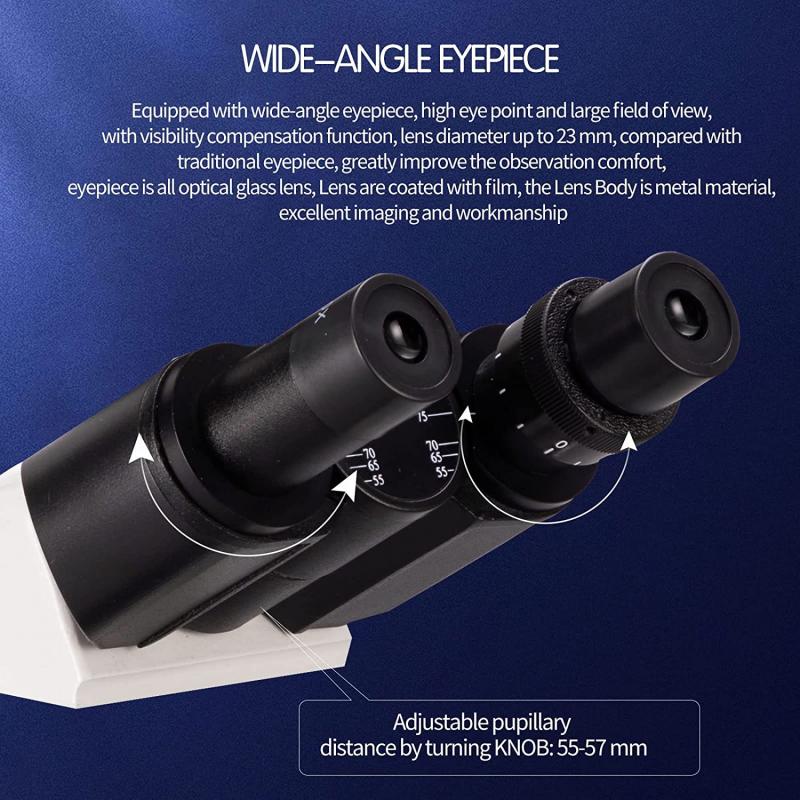
4、 Clip stage: Holds the specimen in place.
The stage in a microscope is an essential component that holds the specimen in place and allows the user to view it under magnification. The stage is typically a flat platform that is located beneath the objective lenses and above the light source. It is designed to hold the specimen securely and in the correct position for viewing.
The stage is an important part of the microscope because it allows the user to manipulate the specimen and adjust its position to get the best possible view. The stage may be equipped with clips or other mechanisms to hold the specimen in place, and it may also be movable to allow the user to scan different areas of the specimen.
In addition to holding the specimen, the stage may also be equipped with other features to enhance the viewing experience. For example, some stages may have built-in rulers or grids to help the user measure the size of the specimen or count the number of cells or other structures present.
Overall, the stage is a critical component of the microscope that allows the user to view specimens under magnification. It provides a stable platform for the specimen and allows the user to manipulate it to get the best possible view. As technology advances, the stage may continue to evolve to include new features and capabilities that enhance the user's ability to view and analyze specimens.
